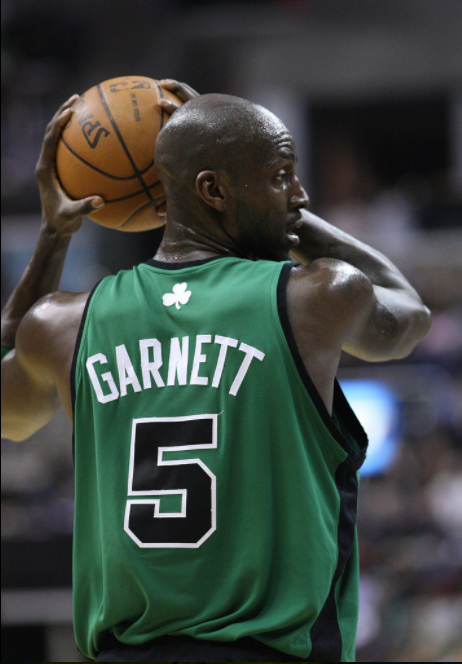79 12.3: Standard Costs
-
- Last updated
- Dec 28, 2020
Learning Objectives
- Explain how standard costs are established.
Question: Companies often use standard costs for planning and control purposes. What are standard costs?
The Difference between Standard Costs and Budgeted Costs
Question: What is the difference between standard costs and budgeted costs?
- Answer
Establishing Standard Cost
Question: What are the components needed to establish a standard cost for direct materials, direct labor, and variable manufacturing overhead?
Direct Materials Standard Quantity and Standard Price
Question: How do organizations determine the standard quantity and standard price for direct materials?
Direct Labor Standard Hours and Standard Rate
Question: How do organizations determine the standard hours and standard rate for direct labor?
Variable Manufacturing Overhead Standard Quantity and Standard Rate
Question: How do organizations determine the standard quantity and standard rate for variable manufacturing overhead?
Ideal Standards and Attainable Standards
Controlling Operations through Standards
Question: How are standards used to control operations?
Business in action 12.1 – Controlling Costs in the NBA

Source: Photo courtesy of Keith Allison, www.flickr.com/photos/keithallison/2310444991/.
The National Basketball Association (NBA) imposes a “salary cap” that dictates a maximum dollar amount each team can pay its players collectively in one season. The salary cap is based on a percentage of basketball-related income and was set at $57,700,000 per team for the 2009–10 season. This serves as the cost budget for player payroll. However, “salary exceptions” allow many teams to exceed the salary cap. Annual salaries for some of the highest paid players for the 2009–10 season are shown as follows:
Annual salaries for some of the highest paid players for the 2009–10 season are shown as follows:
- Kevin Garnett, Boston: $24,800,000
- Jason Kidd, Dallas: $21,400,000
- Kobe Bryant, Los Angeles: $21,300,000
- Shaquille O’Neal, Phoenix: $21,000,000
- Tim Duncan, San Antonio: $20,600,000
- Ray Allen, Boston: $18,400,000
Imagine being the manager of the Boston Celtics and having to pay one player almost half of your entire budget! Clearly, controlling costs in this type of business environment is a challenge, and budgeting is a crucial element in achieving financial success.
Source: InsideHoops.com, “Home Page,” http://www.insidehoops.com.
Key Takeaway
Review problem 12.2
Recall from the review problems in Chapter 9 that Carol’s Cookies produces cookies for resale at grocery stores throughout North America. We established a master budget indicating Carol expects to use 1.5 pounds of direct materials for each unit produced at a cost of $2 per pound (1 unit = 1 batch of cookies). Each unit produced will require 0.20 direct labor hours at a cost of $12 per hour. Variable manufacturing overhead is applied based on direct labor hours at a rate of $3.50 per hour. Last year’s sales were expected to total 400,000 units.
Carol just received last year’s actual results showing sales of 390,000 units.
- Calculate the standard cost per unit for direct materials, direct labor, and variable manufacturing overhead using the format shown in Figure 12.1.
- Prepare a flexible budget based on actual sales for direct materials, direct labor, and variable manufacturing overhead using the format shown in Figure 12.2.
- Answer
Definitions
- Costs that management expects to incur to provide a good or service and are typically stated as a cost per unit. Standard cost is based on the combination of a price (or rate) standard and quantity (or hours) standard.
- The quantity of materials required to complete one good unit of product.
- The final delivered cost of materials per unit of measure (e.g., measured in yards or pounds).
- The direct labor time required to complete one good unit of product.
- The average cost of wages and benefits for each hour of direct labor work performed.
- The time, typically measured in direct labor hours or machine hours depending on the allocation base, required to complete one good unit of product.
- The variable portion of the predetermined overhead rate used to allocate overhead cost to products.
- Standards set assuming production conditions are perfect with no inefficiencies.
- Standards that are more realistic than ideal standards by taking into consideration the likelihood of encountering problems in production such as machine downtime, materials waste, and employee illness.
- Using standards to analyze the difference between budgeted costs and actual costs.


